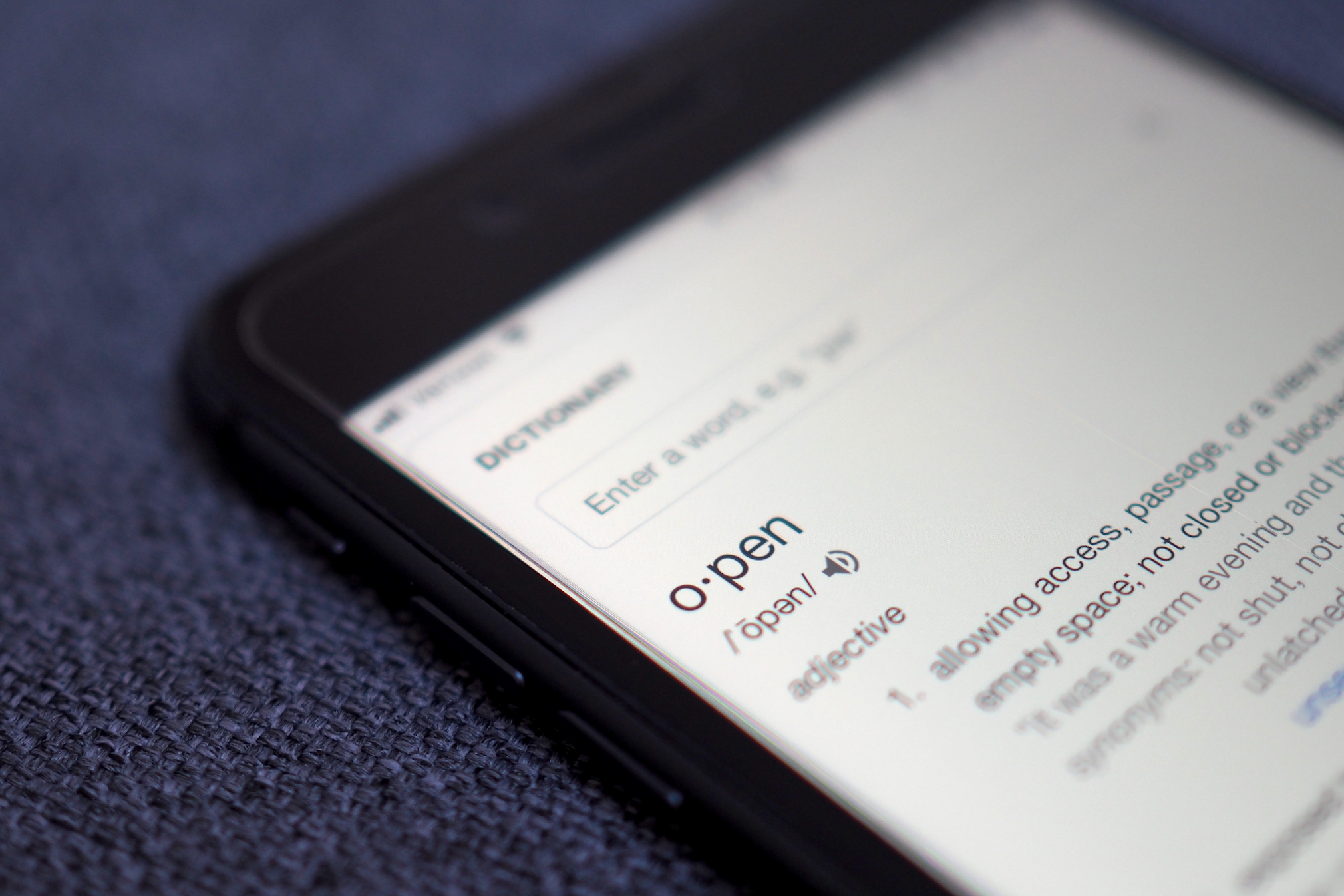Is a “hackathon” a “challenge” or “crowdsourcing”? Are accelerators and incubators considered “open innovation” programs? What does it mean for a program or an organization to be “open”?
While “open innovation manager” is a hot new job title and we see continued growth for open innovation, it’s still early. Across sectors, we haven’t yet developed a nuanced vocabulary for describing open innovation, and we see the lack of established vernacular as an indicator of an emerging practice.
Open innovation includes — but is certainly not limited to — challenges and hackathons. In the past month alone, we’ve seen a wide variety of open innovation announcements: the U.S. Department of Health and Human Services launched KidneyX; Nestlé USA announced new accelerator partnerships with food startups; Mozilla, Schmidt Futures, and the Omidyar Network have partnered to support the Responsible Computer Science Challenge; the Transit Tech Lab is sourcing technology solutions to pilot with the MTA; and the Mayor’s Office of Data Analytics published the latest results of the NYC Open Data Program.
While designing our inaugural State of Open Innovation survey, we asked for feedback from trusted experts — including Christofer Nelson, chief operating officer at the Association of Science-Technology Centers and the former assistant director for open innovation at the White House Office of Science and Technology Policy. Since survey participation was limited to organizations that are using open innovation, we had to define what open innovation is — and that turned out to be a significant challenge.
We recently spoke with Christofer about top-level takeaways from the State of Open Innovation report and — once again — attempted to define open innovation.
If someone asks you what open innovation is, how do you define it?
“The nexus of the definition has to do with collaboration, with opening up the pathway into an innovation process and the solution that comes out of an innovation process — such that more people have the opportunity to participate and more solutions are generated.”
Many respondents told us they see collaboration as a competitive advantage. What do you see driving this trend toward openness?
“The minute the internet opened up, the landscape changed. Companies had to be more collaborative, because if they weren’t, they would hear about it from their customers, and would ultimately be outcompeted in the marketplace. Something I think a lot about in the broader ‘open’ landscape is the access to technology, the access to scientific equipment, the access to big data and computing power — all of those things have made it possible for great ideas, novel solutions, and really innovative approaches, products, and services to come from anywhere.
Even famously guarded government agencies like the Department of Defense, NASA, and the intelligence community have realized in the past decade that if they’re not open to solutions coming from anywhere — from the private sector or academia or garage inventors — there’s no way they’re going to have a competitive advantage. And in the public sector, a competitive advantage doesn’t mean being a profitable organization — in this context, it’s solving problems for tens of millions, it’s inventing new technologies that will become new industries, it’s continuing to be a world leader in all respects. Those stakes have changed the way the public sector — as well as the private sector and the world’s leading philanthropies — think about openness. Open innovation isn’t just about creating the best products for consumers. It’s about creating the best ideas, the best solutions, and giving everyone the opportunity to participate in the innovation, technological, and scientific enterprise.”
We also heard from respondents that many are beginning to view open innovation as more than an activity — it’s a philosophy. How do you see that evolution happening? Where is open innovation headed?
“You do start to see open innovation shift from a discrete set of experimental activities to an approach to problem solving that becomes more widely accepted, even while some of the activities remain experimental. The next evolution is seeing this approach be truly integrated as a part of research, development, design, and product creation portfolio where strategic leaders increasingly recognize the value of ‘open’ and have the tools to recognize when to use different types of open processes — in combination with more closed approaches — to get the best solutions to their problems.”
At Crowdsourcing Week on October 26, Luminary Labs CEO Sara Holoubek will share the stage with Christofer Nelson to share highlights from the State of Open Innovation and offer insights for organizations using open innovation in pursuit of novel solutions to complex problems.



